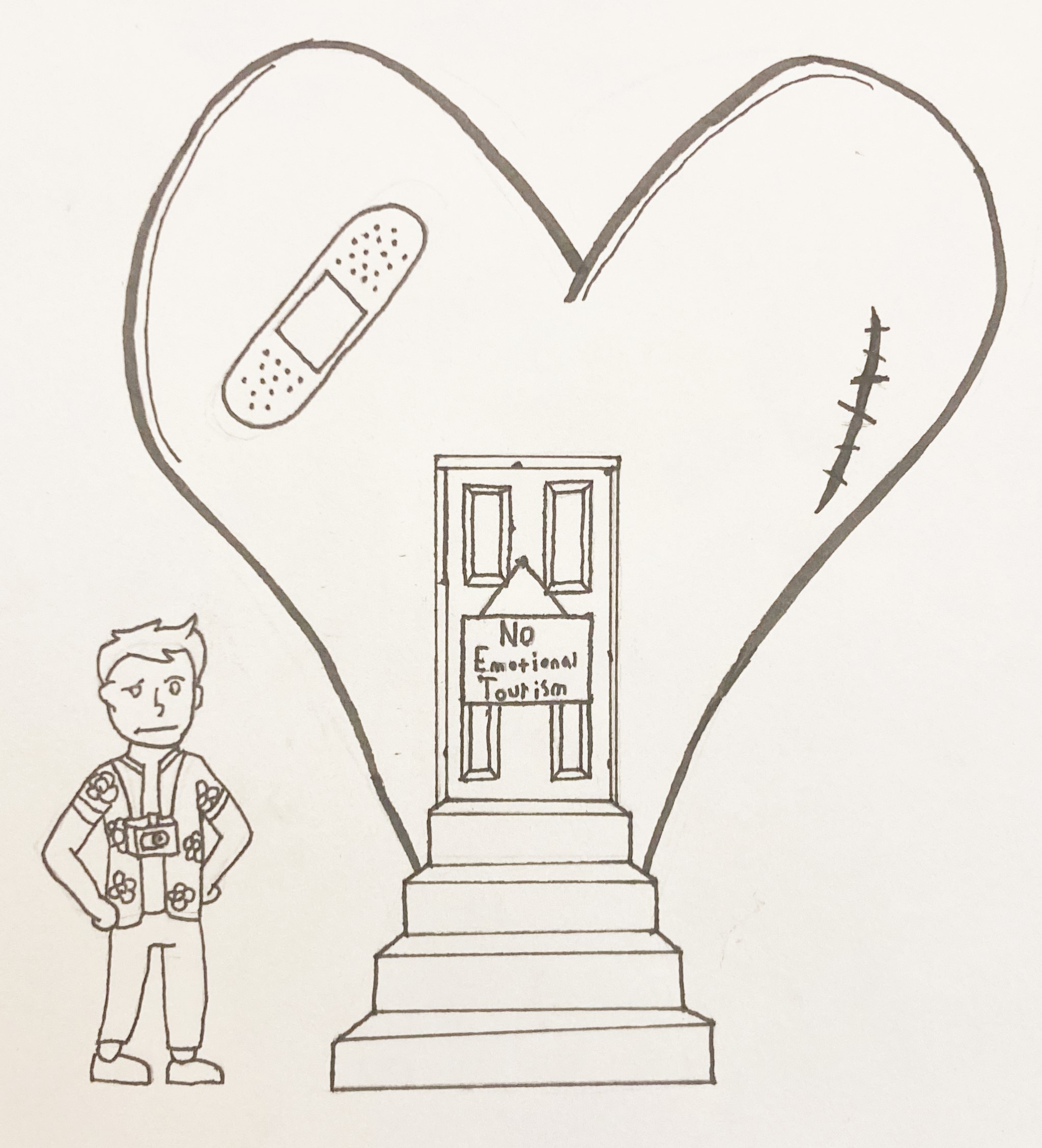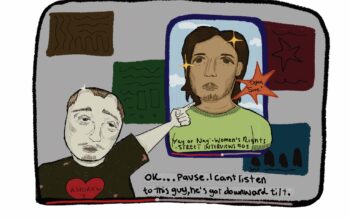Many students at Roosevelt, as well as other schools across the country, feel compelled to take AP classes in order to receive full or partial college credit. These AP exams are nationally coordinated and highly organized – causing the AP Program to become one of the largest educational programs in the U.S. But, what has led AP to become so powerful? And what continues to push them forward?
In the early twentieth century, the gap between secondary and higher education was very large and as a result, many Americans were not attending college at the rate they are today. In the 1950’s, in the middle of the cold war, many American policymakers were afraid that the current high school education system of the time was not adequately preparing students for college and other higher education. In response, the Ford Foundation created the Fund for the Advancement of Education (FAE) in 1951.
In a study the Foundation conducted, they found that many college freshman were taking many entry-level classes which were repeating material covered from high school courses. This report concluded that more advanced and motivated high school student should be allowed “advanced placement” in college classes based on results from exams. This study led to a pilot program of 27 schools throughout the country conducting the first AP tests in 1954.
After a strong performance from the students, ten official AP tests were introduced nationally in 1956: Math, Chemistry, Physics, Biology, Literature, English
Composition, French, German, Latin and Spanish. In 1955, the College Board took charge of the AP Program. At the beginning all tests were shorter than 3 hours and students could take as many as they wanted for the fee of $10 ($94 today), and were graded on a scale of 1-5, the same as today.
In 2017, about 2.7 million students participated in over 4.9 million AP exams – and that number is growing each year. With more than 30 different exams offered, the AP program really allows students to make college more of a reality, and eases the transition from high school courses to those possibly more rigorous in college.

